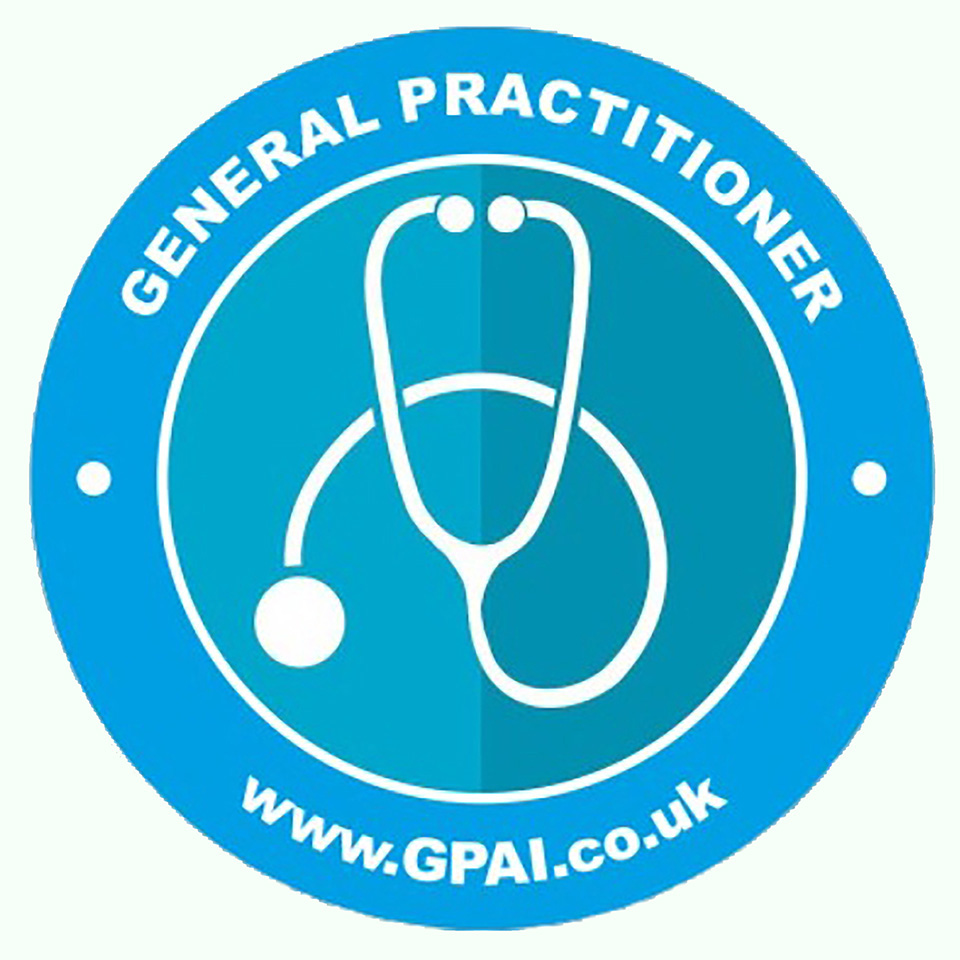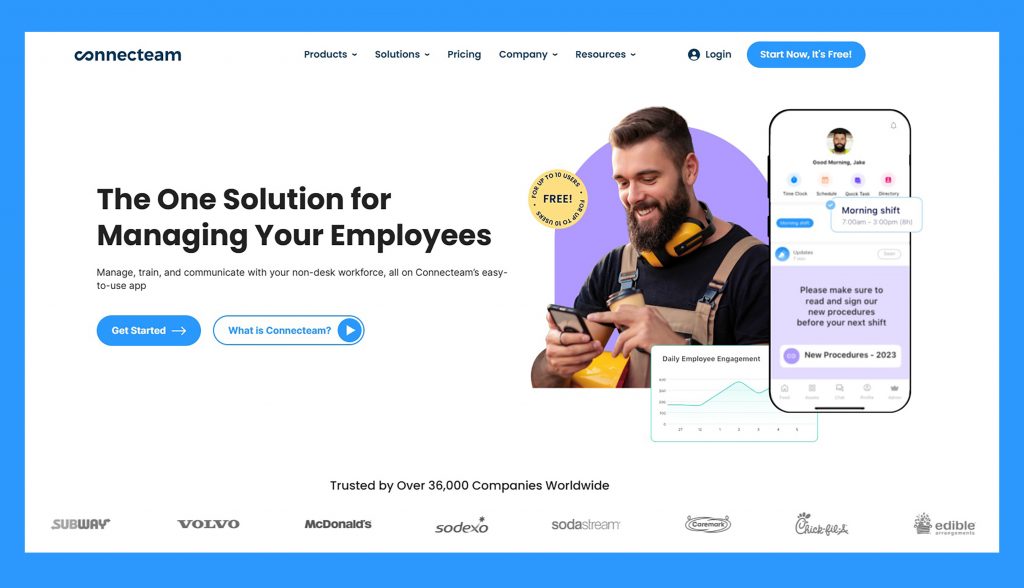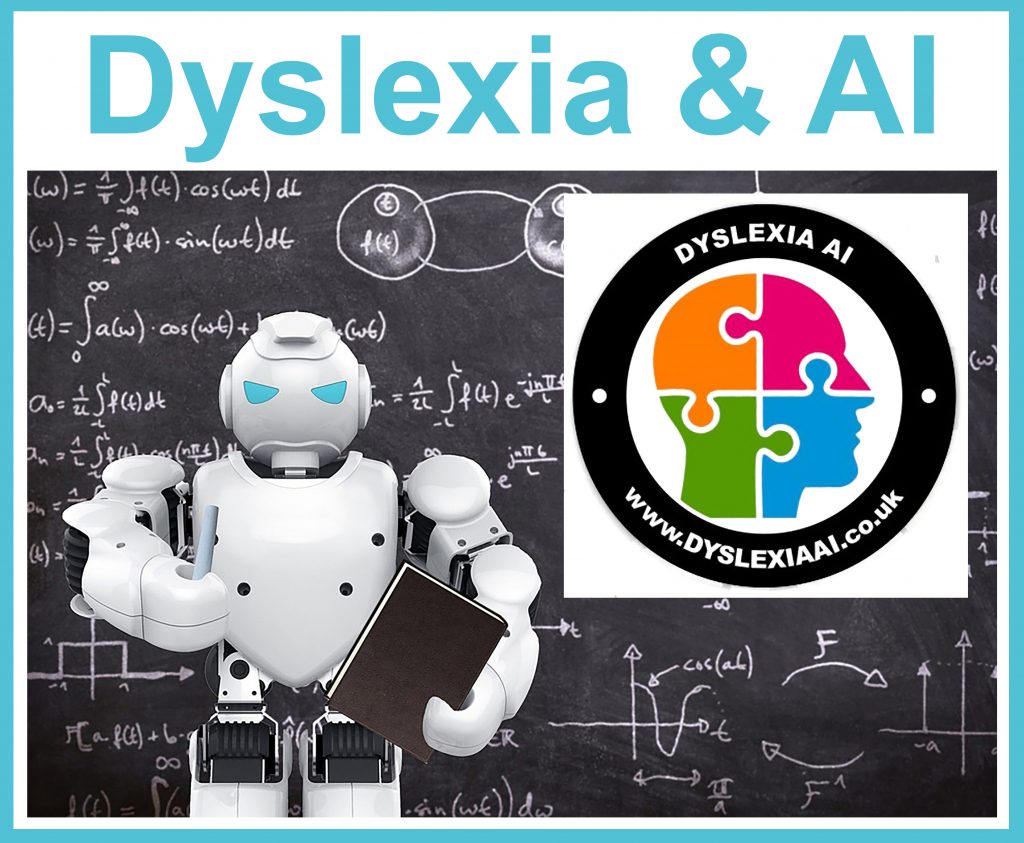
A Comprehensive Guide Integrating AI into Your Health Business
The healthcare industry is undergoing a transformative shift, driven by the integration of Artificial Intelligence (AI). Leveraging AI’s capabilities can revolutionize various aspects of a health business, from patient care and diagnostics to operational efficiency and personalized medicine.
Here’s a detailed guide on how to integrate AI into your health business effectively.
1. Understanding AI’s Role in Healthcare
AI in healthcare encompasses a wide range of technologies, including machine learning, natural language processing, and robotics. These technologies can enhance decision-making, streamline operations, and improve patient outcomes.
- Machine Learning (ML): Used for predictive analytics, disease prediction, and personalized treatment plans.
- Natural Language Processing (NLP): Helps in understanding and analyzing patient records, research papers, and clinical notes.
- Robotics: Assists in surgeries, patient care, and administrative tasks.
2. Identifying Areas for AI Integration
To effectively integrate AI, identify specific areas where it can provide the most significant benefits:
- Clinical Decision Support: AI can analyze vast amounts of data to assist in diagnosis and treatment recommendations.
- Patient Monitoring: Wearable devices and AI can monitor patients in real-time, alerting healthcare providers to any issues.
- Administrative Efficiency: Automating administrative tasks like scheduling, billing, and record-keeping can reduce costs and errors.
- Personalized Medicine: AI can tailor treatment plans based on individual patient data, improving outcomes.
3. Building a Strategic AI Integration Plan
A strategic plan ensures a structured and efficient AI integration process.
- Assessment: Evaluate your current systems and identify gaps that AI can fill.
- Goals: Define clear objectives for AI integration, such as improving patient outcomes, reducing costs, or enhancing operational efficiency.
- Stakeholders: Involve key stakeholders, including healthcare professionals, IT experts, and patients, in the planning process.
- Budget: Allocate a budget for AI technology acquisition, implementation, and training.
4. Choosing the Right AI Solutions
Selecting the appropriate AI tools is crucial for successful integration.
- Vendor Research: Research and compare AI vendors to find solutions that best fit your needs.
- Customization: Choose AI systems that can be tailored to your specific requirements.
- Scalability: Ensure the AI solutions can scale with your business growth.
5. Implementation and Training
Proper implementation and training are vital for maximizing the benefits of AI.
- Pilot Programs: Start with pilot programs to test AI solutions on a smaller scale before full implementation.
- Integration: Work with IT professionals to integrate AI systems with your existing infrastructure.
- Training: Provide comprehensive training for staff to ensure they are comfortable using new AI tools.
- Continuous Support: Establish a support system for ongoing maintenance and troubleshooting.
6. Ensuring Data Security and Compliance
AI systems handle sensitive patient data, making security and compliance paramount.
- Data Encryption: Use advanced encryption methods to protect patient data.
- Regulatory Compliance: Ensure AI systems comply with healthcare regulations such as HIPAA.
- Regular Audits: Conduct regular security audits to identify and address vulnerabilities.
7. Monitoring and Evaluation
Continuous monitoring and evaluation help in assessing the effectiveness of AI integration.
- Performance Metrics: Define key performance indicators (KPIs) to measure the impact of AI.
- Feedback Loop: Create a feedback loop with staff and patients to gather insights and make necessary adjustments.
- Updates and Upgrades: Keep AI systems updated with the latest advancements and upgrades.
8. Case Studies and Success Stories
Learning from successful AI integrations can provide valuable insights and inspiration.
- Mayo Clinic: Implemented an AI-driven platform for predicting patient deterioration, resulting in improved patient outcomes.
- Johns Hopkins: Utilized AI for predictive analytics in sepsis detection, significantly reducing mortality rates.
Conclusion
Integrating AI into your health business is a strategic move that can lead to enhanced patient care, operational efficiency, and overall business growth. By understanding AI’s potential, planning strategically, choosing the right solutions, ensuring data security, and continuously monitoring progress, you can successfully harness the power of AI to revolutionize your healthcare practice. Embrace the future of healthcare with AI, and stay ahead in this rapidly evolving industry.
For Startups, or companies that wish to secure global positioning for the exact match searchable keywords and phrases, we have the following (AI) domain names for sale:
- aicobots.com
- aidigitaltrust.com
- aiinventions.com
- cgtai.com (Cell Gene Therapy AI)
- dyslexiaai.co.uk
- genetherapyai.com
- gpai.co.uk
Other Health Domains:
- germawareness.co.uk
- ocd.cymru
**Please contact us to make an enquiry or offer.
























